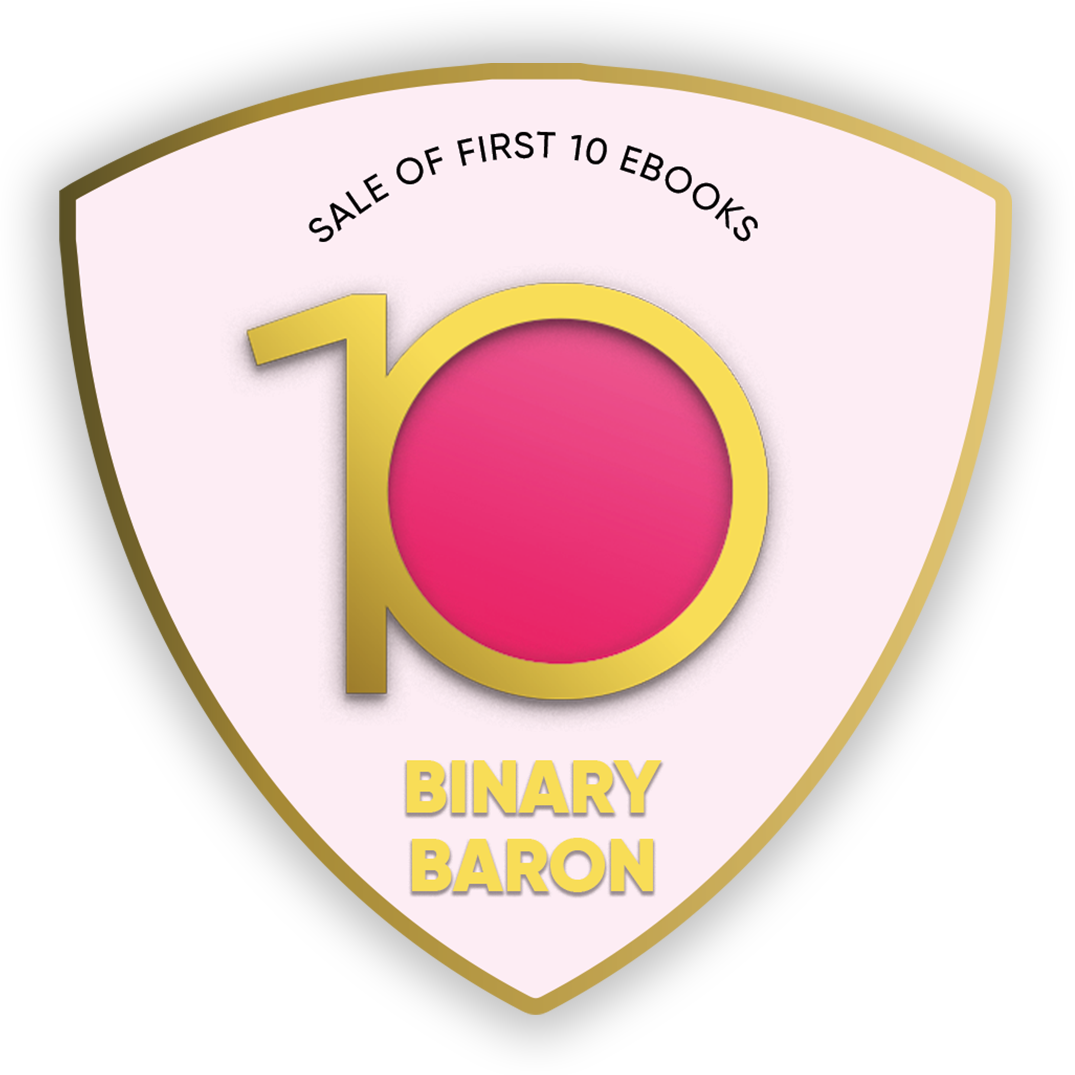
- Discover books
- For Writers
-
For Writers
-
Indie Author Championship
-
Challenges
Writing Contests
- Get Started

"It was a wonderful experience interacting with you and appreciate the way you have planned and executed the whole publication process within the agreed timelines.”
Subrat SaurabhAuthor of Kuch Woh Pal -
Zoyab A Kadi
Zoyab A. Kadi is a native of Sidhpur, a Dawoodi Bohra by birth and an architect-academician by profession. He, thus, holds a triple advantage to talk about the heritage of Vohrawaads of Sidhpur in detail. His earlier two works Sidhpur and its Dawoodi Bohra houses and The Vohrawaads of Sidhpur deal with the documentation of the Community’s residential enclaves. Both these works have found a place in many American University Libraries, indicating their value on Far Eastern Studies. His articles on the subject in various architectural and cultural magazines in India, his talks at various foRead More...
Zoyab A. Kadi is a native of Sidhpur, a Dawoodi Bohra by birth and an architect-academician by profession. He, thus, holds a triple advantage to talk about the heritage of Vohrawaads of Sidhpur in detail. His earlier two works Sidhpur and its Dawoodi Bohra houses and The Vohrawaads of Sidhpur deal with the documentation of the Community’s residential enclaves. Both these works have found a place in many American University Libraries, indicating their value on Far Eastern Studies. His articles on the subject in various architectural and cultural magazines in India, his talks at various forums and his photo exhibitions at DakshinaChitra, Chennai and elsewhere have raised considerable interest in the region among academic and tourist groups. A retired Dean and Advisor of a private architecture college under Anna University, Chennai, he is currently a visiting faculty at a few architecture colleges in the city. In 2017, he received a UNESCO-Sahapedia Fellowship to document the cultural and architectural heritage of Sidhpur. Along with son Tahaer, their initiative ‘Madras Inherited’ has taken up the mantle of tracing the history of various localities of Chennai through popular heritage walks.
Read Less...Crop your profile image

The Birth and Death of a Style
Books by Zoyab A Kadi
The heritage houses of the Dawoodi Bohra Community at Najampura in Sidhpur, Gujarat, have been a subject of many scholarly studies and documentations over the last several decades. It is clearly evident from the design of at least half-a-dozen structures that their builders were familiar with the contemporary European architectural trends at the beginning of the twentieth century. What is delightful about this development is that it occurred in a shy, remote p
The heritage houses of the Dawoodi Bohra Community at Najampura in Sidhpur, Gujarat, have been a subject of many scholarly studies and documentations over the last several decades. It is clearly evident from the design of at least half-a-dozen structures that their builders were familiar with the contemporary European architectural trends at the beginning of the twentieth century. What is delightful about this development is that it occurred in a shy, remote place like Sidhpur, far away from any global exposure and with no history of being a hub of trade or commerce.
What is to be commemorated are not these ‘fountainhead’ European style buildings but their contribution in launching an absolutely unique vernacular language. The local craftsmen, to their supreme credit, took inspiration from these models but never really imitated them.
The Vohrawaads of Sidhpur
Books by Zoyab Kadi | Tahaer Zoyab
The heritage houses of Najampura, Sidhpur in north Gujarat, have been a subject of many scholarly studies over the last several decades and, although many inconsistent theories have been put forward regarding the evolution of their vernacular architectural style, all of them have uniformly concluded that the underlying grammar is certainly of European origin. Whereas this by itself is a delightful comparison – considering Sidhpur’s remote location - the po
The heritage houses of Najampura, Sidhpur in north Gujarat, have been a subject of many scholarly studies over the last several decades and, although many inconsistent theories have been put forward regarding the evolution of their vernacular architectural style, all of them have uniformly concluded that the underlying grammar is certainly of European origin. Whereas this by itself is a delightful comparison – considering Sidhpur’s remote location - the point often missed is the brilliant ingenuity of the local craftsmen who uninhibitedly reinterpreted and seamlessly fused this vocabulary to suit the needs of a very specific requirement.
Built during the early years of the 20th century when trade and commerce were flourishing on the high seas off Gujarat, the builders of these houses – the affluent Dawoodi Bohra Community – left them vulnerably exposed, for nearly three decades, to a series of self destructive forces, some of which have kept coming back in different guises. The exotic interiors, on the other hand, are a constant source of temptation to drooling antique dealers. Many sturdy houses have gone under the crowbar. Fortunately with a vigorous resurgence of interest within the Community the survival of the remaining stock, though not fully assured, is constantly being monitored by ever increasing groups of vigilant people.
The compulsion of documentation attempted in this book, with the larger purpose of including features of as many houses as possible, may appear excessive but is wholly necessary and unavoidable.

Are you sure you want to close this?
You might lose all unsaved changes.
Select from one of our global stores to continue
 India
India
 Malaysia
Malaysia
 Singapore
Singapore
 UAE
UAE
Warning Message
The items in your Cart will be deleted, click ok to proceed.












